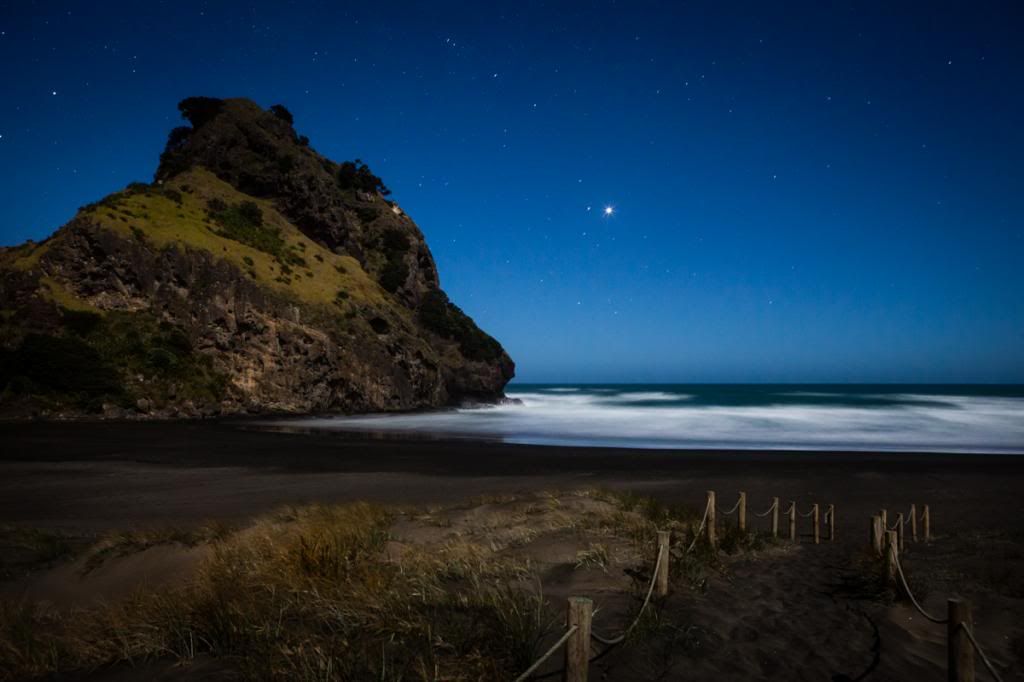Related to Film, the ISO speed relates to the granularity of the image, and the amount of light needed to produce a good image.
Essentially the higher the ISO speed the more granular the image is, but less light is needed to produce a good image. High ISO images generally did not blow up well (in the old days).
The ISO speed is linked to the shutter speed and the f stop.
The f stop is the relative size of the diaphragm in the lens related to the diameter of the lens. The smaller the f stop the greater the depth of field, that is the amount of the image that will be in focus. The trade off here is to have most of your image in focus, you need a large f stop (small diaphragm) letting in little light. To produce a good image from a large f stop, you need to have a slow shutter speed to "accumulate" enough light through the small hole.
ISO Speed - bigger number needs less light, but image is more grainy.
Shutter speed - fast speed captures movement, but needs small f number
f stop - small number = small distance in focus and lets lots of light in, so faster shutter speed is needed. Large number = more of the image is in focus, but needs slow shutter speed which can blur fast moving objects.
So @Muttonbird has used a very high speed "film" which doesn't need much light to produce a passable image (appropriate for a 10 pm shot [9 pm in non daylight savings time]), and a high f stop to have a good depth of field (lots of the image in sharp focus. To produce a workable image he has used a 30.0 second exposure time. Obviously the camera was tripod mounted otherwise there would be "camera shakes" evident. This is not really an issue because at 10 pm the only moving things in the image are the waves which appear as a whitish blur, but this does not detract from the image itself.
The secret to all photography is the manipulation of these three factors. Vastly different results can be produced from different settings of these three elements for photos taken at precisely the same time in the same prevailing light conditions.
Cameras are extremely complex machines nowdays, with many other factors that can be manipulated to such an extent that most people revert to using them on automatic. This is the gastronomic equivalent of going to Tetsuyas and ordering a Big Mac value meal.
Learning how to use all the features on a standard SLR camera can take a considerable amount of time, and there is a stack of technical jargon to learn. Most people are not prepared to invest the necessary time to accumulate the knowledge and master the skills to get the absolute best from their camera.



